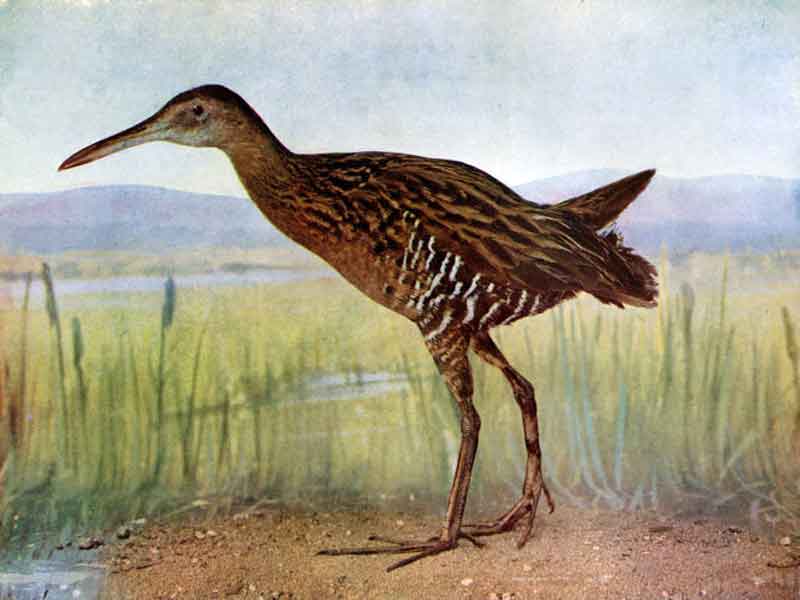
Superregnum: Eukaryota
Cladus: Unikonta
Cladus: Opisthokonta
Cladus: Holozoa
Regnum: Animalia
Subregnum: Eumetazoa
Cladus: Bilateria
Cladus: Nephrozoa
Superphylum: Deuterostomia
Phylum: Chordata
Subphylum: Vertebrata
Infraphylum: Gnathostomata
Megaclassis: Osteichthyes
Cladus: Sarcopterygii
Cladus: Rhipidistia
Cladus: Tetrapodomorpha
Cladus: Eotetrapodiformes
Cladus: Elpistostegalia
Superclassis: Tetrapoda
Cladus: Reptiliomorpha
Cladus: Amniota
Classis: Reptilia
Cladus: Eureptilia
Cladus: Romeriida
Subclassis: Diapsida
Cladus: Sauria
Infraclassis: Archosauromorpha
Cladus: Crurotarsi
Divisio: Archosauria
Cladus: Avemetatarsalia
Cladus: Ornithodira
Subtaxon: Dinosauromorpha
Cladus: Dinosauriformes
Cladus: Dracohors
Cladus: Dinosauria
Ordo: Saurischia
Cladus: Eusaurischia
Subordo: Theropoda
Cladus: Neotheropoda
Cladus: Averostra
Cladus: Tetanurae
Cladus: Avetheropoda
Cladus: Coelurosauria
Cladus: Tyrannoraptora
Cladus: Maniraptoromorpha
Cladus: Maniraptoriformes
Cladus: Maniraptora
Cladus: Pennaraptora
Cladus: Paraves
Cladus: Eumaniraptora
Cladus: Avialae
Infraclassis: Aves
Cladus: Euavialae
Cladus: Avebrevicauda
Cladus: Pygostylia
Cladus: Ornithothoraces
Cladus: Ornithuromorpha
Cladus: Carinatae
Parvclassis: Neornithes
Cohors: Neognathae
Cladus: Neoaves
Ordo: Gruiformes
Familia: Rallidae
Genus: Rallus
Species: Rallus elegans
Subspecies: R. e. elegans – R. e. ramsdeni
Name
Rallus elegans Audubon, 1834
References
The Birds of America 3: pl.203.
Vernacular names
čeština: Chřástal královský
dansk: Kongerikse
Deutsch: Königsralle
English: King Rail
español: Rascón Elegante
eesti: Suur-klaperruik
suomi: Ruosteluhtakana
français: Râle élégant
magyar: királyguvat
italiano: Rallo re
日本語: オウサマクイナ
Nederlands: Koningsral
norsk: Kongerikse
polski: Wodnik królewski
português: Saracura-real
русский: Королевский пастушок
slovenčina: Chriašteľ kráľovský
svenska: Kungsrall
中文: 王秧鸡
The king rail (Rallus elegans) is a waterbird, the largest North American rail.
Description
At Huntley Meadows in Virginia
Distinct features are a long bill with a slight downward curve, with adults being brown on the back and rusty-brown on the face and breast with a dark brown cap. They also have a white throat and a light belly with barred flanks. Immature birds are covered in down,[2] with light brown on the head and darker brown on the back and wings.
This bird's call is a low repeated grunt transcribed as kek-kek-kek.[3]
Standard Measurements[4][5]
length 15.5–19 in (390–480 mm)
weight 290 g (10 oz)
wingspan 19 in (480 mm)
wing 159–177 mm (6.3–7.0 in)
tail 56–72.5 mm (2.20–2.85 in)
culmen 58–65.5 mm (2.28–2.58 in)
tarsus 52–64 mm (2.0–2.5 in)
Distribution and Habitat
This bird breeds in marshes in eastern North America. Birds along the southeastern coasts of the United States are permanent residents. Other birds migrate to the southern United States and Mexico; in Canada, they are found in southern Ontario. An adult King Rail will molt completely after nesting and it becomes flightless for almost a month.
Ecology
This bird is diurnal, contrasting with its smaller, nocturnal relatives.[2]
Breeding
The nest is a raised platform built with marsh vegetation and covered by a canopy. This is to hide the eggs of this bird from predators that are searching from above.[2]
The king rail interbreeds with the clapper rail where their ranges overlap; some researchers believe that these two birds belong to the same species.
A chick
The king rail lays a clutch of 6 to 14 pale buff eggs with brown spotting. They usually measure 41 by 30 millimetres (1.6 by 1.2 in). Both parents incubate the eggs for 21 to 23 days. When the eggs hatch, the young are covered in down and are able to leave the nest. They are not able to feed themselves, though, and thus must rely on their parents for food for up to six weeks after they hatch.[2]
Feeding
This rail forages in shallow water near cover and eats mainly aquatic insects and crustaceans. It forages by probing the mud while moving around in shallow water.[2]
The chicks are fed small arthropod prey by their parents. The prey is transferred from one parent's beak to that of the chick.[2]
In the males, they will give food to whoever it mates with during engagement.
Status
These birds are still common in some coastal areas, although interior populations have declined due to habitat loss.[2] In Michigan, it is considered a legally protected state endangered species, at an imperiled level. [6]
References
BirdLife International (2016). "Rallus elegans". IUCN Red List of Threatened Species. 2016: e.T62155060A95190392. doi:10.2305/IUCN.UK.2016-3.RLTS.T62155060A95190392.en. Retrieved 11 November 2021.
Hauber, Mark E. (1 August 2014). The Book of Eggs: A Life-Size Guide to the Eggs of Six Hundred of the World's Bird Species. Chicago: University of Chicago Press. p. 61. ISBN 978-0-226-05781-1.
Garrido, Orlando H.; Kirkconnell, Arturo (2000). Field Guide to the Birds of Cuba. Ithaca, NY: Comstock, Cornell University Press. pp. 76–77. ISBN 978-0-8014-8631-9.
Godfrey, W. Earl (1966). The Birds of Canada. Ottawa: National Museum of Canada. p. 122.
Sibley, David Allen (2000). The Sibley Guide to Birds. New York: Knopf. p. 153. ISBN 0-679-45122-6.
"Rallus elegans (King rail) - Michigan Natural Features Inventory". mnfi.anr.msu.edu. Retrieved 2021-08-20.
Retrieved from "http://en.wikipedia.org/"
All text is available under the terms of the GNU Free Documentation License

